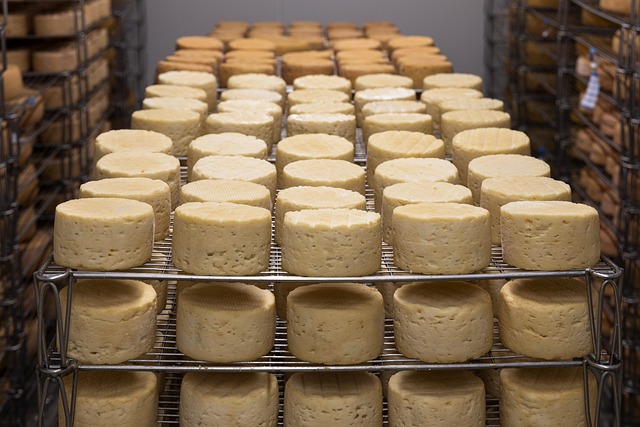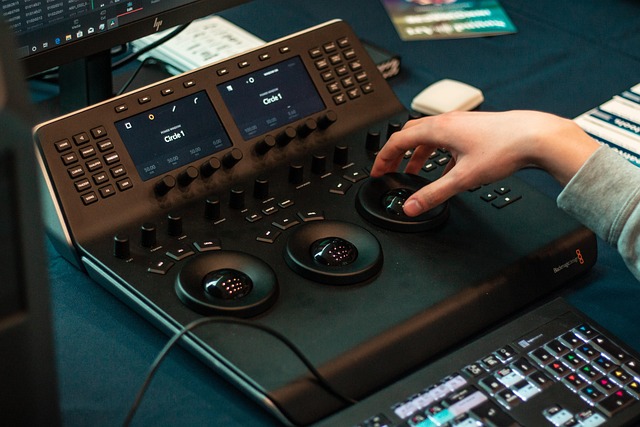The Ultimate Guide to TV Animation Making: Techniques, Visualization, and Display Technology
Animation making has come a long way from the traditional hand-drawn cels to the sophisticated digital artistry we see today on our TV screens. As an art form, animation not only tells stories but also evokes emotions, bringing characters and worlds to life in a way that captivates audiences of all ages. Understanding the various techniques, visualization methods, and display technologies is essential for anyone looking to delve into the world of animation.
Techniques in Animation Making
When it comes to animation making, there are various techniques that artists can employ to create stunning visuals. Key among these techniques are:
- 2D Animation: This traditional method involves creating characters on flat surfaces and animating them frame by frame. It’s the style that defined iconic classics and still resonates today in shows like “Adventure Time.”
- 3D Animation: With the help of computer software, animators can create lifelike characters and environments that move fluidly and realistically. This technique is prevalent in recent blockbusters and series, making it a staple in modern animation.
- Stop Motion: This technique combines physical objects and painstakingly captures them frame by frame, resulting in a unique visual style that offers a tangible feel, reminiscent of claymation features.
Visualization in Animation
Visualization plays a crucial role in the animation making process. It begins with concept art and storyboards that help in visualizing scenes and character designs. Artists sketch out their ideas and create visual scripts that assist animators in understanding the flow of the narrative. The visualization system extends through to the color palettes and moods they want to convey, framing their artwork to heighten the emotional connection.
Choosing the Right Monitors for Animation
For animators, display technology is vital for bringing their creations to life accurately. Choosing the right monitors can significantly impact the quality of work produced. High-resolution monitors provide deep color accuracy and wide viewing angles, which are essential for the intricate details artists put into their animations. Some things to consider when selecting a monitor for animation making include:
- Color Accuracy: A monitor that supports a broad color gamut ensures that the colors in your animations appear as intended.
- Resolution: Higher resolutions like 4K allow for finer details to be displayed, making it easier for artists to work on intricate pieces.
- Refresh Rate: A higher refresh rate minimizes lag, aiding in a smoother workflow during animation production.
Display Technology: The Evolution and Impact
The rapidly evolving display technology has transformed the way animations are created and experienced. From LED screens to OLED displays, advancements have allowed for rich colors and deep contrasts that render animated works more vibrantly. Additionally, developments like curved monitors have enabled a more immersive viewing experience, making it easier for animators to engage with their work.
Moreover, VR and AR technologies are pushing the boundaries of traditional animation, allowing creators to explore storytelling in entirely new dimensions. As more people embrace these technologies, they expand the opportunities for animators to connect with their audience.
Final Thoughts
Animation making is an exhilarating journey filled with creativity and innovation. Embracing the techniques, utilizing proper visualization processes, and leveraging the latest display technologies can significantly enhance the quality of animated productions. So whether you’re an aspiring animator or a seasoned professional, understanding and adapting to these elements will help you craft animations that ultimately resonate with audiences and leave a lasting impression.



